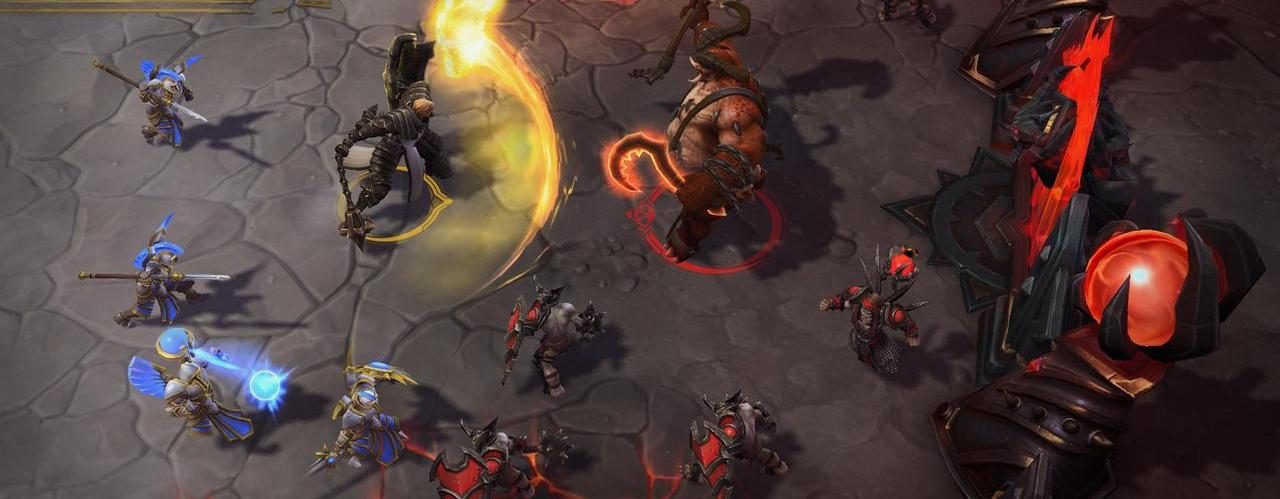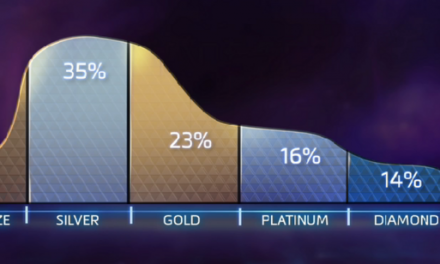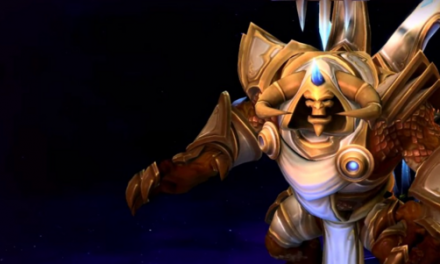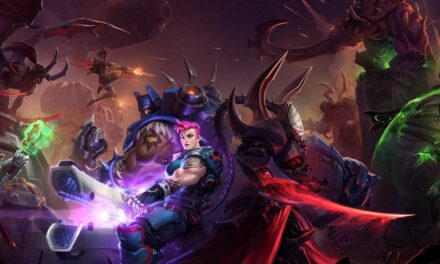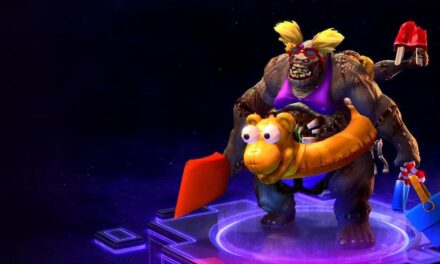Small bands of low-powered NPCs are released onto the map in each Heroes of the Storm match every thirty seconds, one group per map lane. These forces march unerringly toward the enemy core, attacking any opponent they meet, be it a hero, mercenary, minion, or structure. While they do not produce much damage on their own, minion management is an important aspect of HOTS gameplay, and knowing when and how to use them is a key element of victory.
This article will identify three specific roles and opportunities minions provide in a given match, and why attending to them is a recipe for success.
Opportunity 1: Leveling Up
Minion deaths only grant XP when their deaths are directly caused by or in the vicinity of opposing heroes. A wave of minions that smashes itself against structures won’t provide any benefit to the defensive team; all of that XP is lost. While one wave here or there won’t likely make or break a match, making sure to capture as much experience as possible is integral to keeping pace with an active opposing team.
At minute 1, a single wave (3 melee minions, 1 leader, 3 ranged minions) can provide up to 460 XP. Conversely at minute 30, a single wave (4 melee minions, 1 leader, 3 catapults) can provide up to 895. If teams focus on killing enemy heroes rather than enforcing lane pressure, not only will they be giving up tons of potential levelling opportunities but they will also take significant structure damage.
Opportunity 2: Allies will Love You
Many skill-shot based heroes have their abilities and talents affect the first target in their line of effect, whether that’s an enemy hero, structure, or minion. For ranged assassins like Li-Ming, hitting a minion instead of a hero is a costly waste. Tanks like Garrosh and Stitches also have the ability to initiate combat by displacing enemies; the rest of their team gets tired of waiting for the big moment only to have a solitary minion or mercenary come flying over.
Before you go hog-wild with minion clearing however, a little discussion with your team goes a long way. Is Ragnaros going for his minion-killing quest? Do you have a Nazeebo? What about a Raynor? All of these heroes—and many more—get extra benefit out of minions that may not be immediately apparent.
Opportunity 3: It Actually Is Your Job
Following immediately on the heels of the above paragraph, while some heroes have powerful abilities which excel at clearing minion waves, such as with Jaina’s Blizzard or Li-Ming’s Calamity, the role of minion-clearer is best-suited to specific heroes that are better suited all-around.
Azmodan, Murky, Nazeebo, Junkrat, and Ragnaros are examples of characters that not only benefit from the deaths of enemy minions but also excel at it. They have area-of-effect abilities perfectly suited for widespread destruction across enemy NPC ranks, with low cooldowns and good return on mana.
It is exceptionally important for those heroes who excel in waveclear, whatever their usual role, to perform that duty as zealously and as vehemently as possible, both for the benefit of their team and to stymie the enemy attempts at pushing down buildings.
Too often I see players on characters that have amazing ability to delay or stop enemy minion waves utterly fail to do so, arguing that it’s “not their job.” While not every team composition is perfect, particularly in games without predefined teams, everyone must ensure that the duties necessary for success are covered by one if not more heroes.
The short of it is, if you can waveclear efficiently, it is your job. For the sake of the rest of the team, please do your job; please clear minion waves.
Header image taken from in-game Heroes of the Storm gameplay

